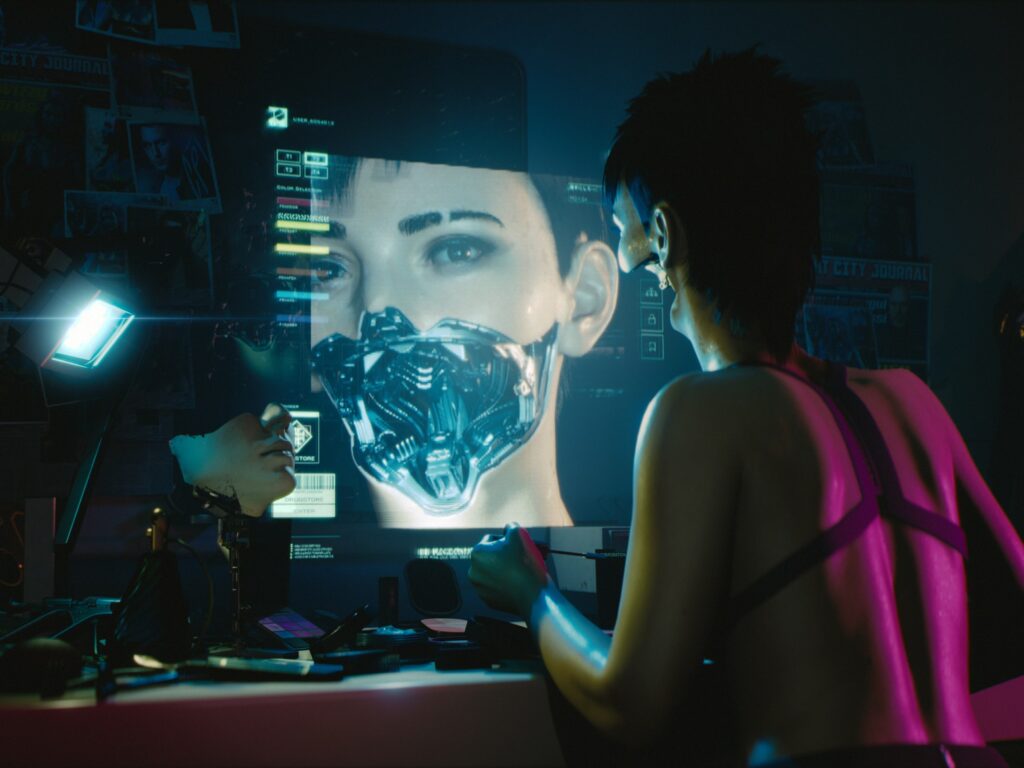Game development is a complex process, reliant on a range of skills, from concept art to programming. Animation is a crucial part of game development, bringing characters and environments to life. Animation techniques used in game development can shape the quality of the game. The game development process involves numerous steps, including sketching, modeling, rigging, animation, lighting, texturing, and integration. Each stage requires attention to detail and careful planning to deliver an immersive game experience. The end product relies on a well-coordinated team of professionals, working harmoniously to deliver a successful game.
Introduction
————–
Game development is a complex process that requires a variety of skills, from concept art to programming. Animation plays an integral role in bringing games to life, from characters to environments. The animation techniques used in game development can make or break a game. In this article, we will take an in-depth look at how animations are created and integrated into games, from sketches to screens.
Sketching
———-
The first step in game development is concept art. Sketching is a crucial part of this process, as the art team will create the initial design of the game’s world, characters, and environments. Sketches are usually drawn by hand, and they can vary in style and level of detail. Some sketches might be rough and quick, while others might be more polished and detailed. The important thing is to capture the essence of the game’s vision and convey it to the rest of the team.
Modeling
———
Once sketches are finalized, the next step is to create 3D models of the characters and environments. Modeling is the process of turning sketches into 3D assets that can be animated and rendered in-game. 3D modeling software such as Maya, 3ds Max, and Blender are commonly used to create these assets. The modeling team will create a base mesh of the character or environment and then refine it until it matches the original sketch.
Rigging
——–
Rigging is the process of creating a digital skeleton for the character. The skeleton is made up of joints and bones that can be animated to give the character movement. Rigging is a crucial step in the animation process, as it allows the animators to control the movement of the character. The rigging team will set up the skeleton and create custom controls for it, which will allow the animators to manipulate it easily.
Animation
———
Once the rigging is complete, the animators will create the movement and actions of the characters. The animation team will use a variety of animation techniques, including keyframe animation and motion capture. Keyframe animation involves creating key poses for the character at specific points in time, and then the software will fill in the gaps. Motion capture involves recording the movement of real-life actors and then applying it to the digital character. The animation team will use a combination of these techniques to create realistic and fluid movement for the character.
Lighting
——–
Lighting is the process of adding light sources to the environment to create realistic lighting effects. The lighting team will use lighting software to create light sources and adjust their intensity, color, and direction. They will also adjust the ambient lighting and shadows to create the desired mood and atmosphere.
Texturing
———-
Texturing is the process of adding color, texture, and detail to the character and environment. The texturing team will use software such as Substance Painter and Photoshop to create textures that can be applied to the 3D models. They will also create bump and normal maps to add depth and detail to the textures.
Integration
————
Once all the assets are created and animated, they are integrated into the game engine. The game engine is the software that runs the game and handles all the game’s systems, including graphics, physics, and controls. The integration team will import the 3D models, animations, and textures into the game engine and set up the game’s environment.
Conclusion
———-
Animation is a vital part of game development, and the animation techniques used can greatly impact the final product. From sketches to screens, the game development process involves a variety of skills and techniques to bring the game’s vision to life. Each step in the process, from sketching to integration, requires attention to detail and careful planning to create a cohesive and immersive game experience.
